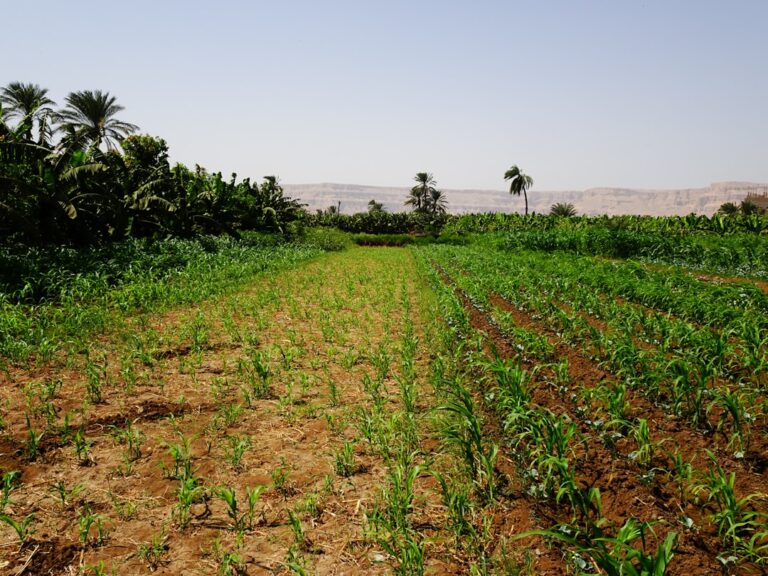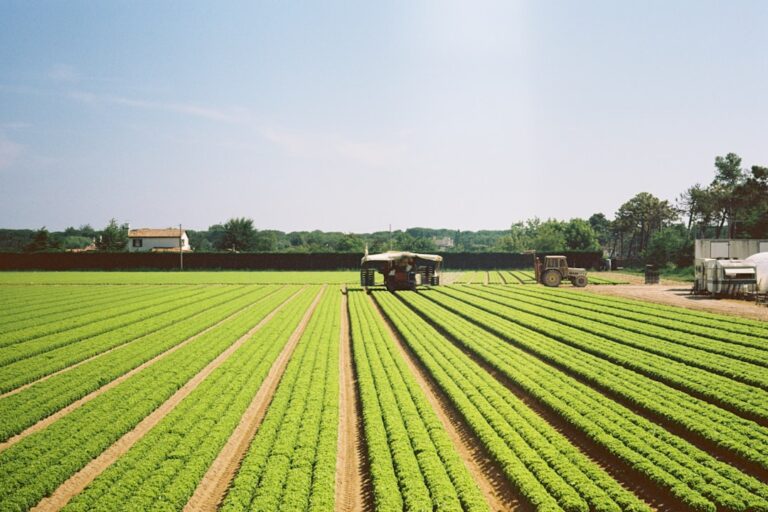Peasant resistance has been a recurring theme throughout history, manifesting in various forms across different cultures and epochs. This phenomenon often arises from the struggles of agrarian communities against oppressive systems, whether they be feudal lords, colonial powers, or modern state apparatuses. The late 19th century, in particular, witnessed a surge in peasant uprisings, driven by a confluence of economic hardship, social injustice, and political disenfranchisement.
These movements were not merely spontaneous outbursts of anger; they were deeply rooted in the historical context of agrarian societies grappling with rapid changes brought about by industrialization and modernization. The motivations behind peasant resistance are complex and multifaceted. They often stem from a profound sense of injustice and a desire for autonomy.
Peasants, who typically lived in rural areas and relied on agriculture for their livelihoods, found themselves increasingly marginalized as land ownership became concentrated in the hands of a few wealthy elites. This concentration of wealth and power led to widespread discontent, as many peasants struggled to make ends meet while facing rising rents, taxes, and the encroachment of capitalist market forces. The late 19th century serves as a critical juncture in this narrative, as it was a period marked by significant social upheaval and the emergence of new ideologies that would shape the future of peasant movements.
Key Takeaways
- Peasant resistance was a common response to economic and social injustices in the late 19th century.
- Economic factors such as land enclosures and social factors like unfair taxation contributed to peasant resistance.
- Peasant resistance took various forms including protests, strikes, and even armed uprisings.
- Governments often responded to peasant resistance with repression and violence, leading to further unrest.
- Peasant resistance had a significant impact on late 19th century society, leading to reforms and changes in power dynamics.
Economic and Social Factors Leading to Peasant Resistance
The economic landscape of the late 19th century was characterized by profound transformations that significantly impacted peasant life. The advent of industrialization brought about a shift from agrarian economies to more urbanized ones, leading to the displacement of many rural workers. As factories proliferated, peasants were often forced to abandon their ancestral lands in search of employment in urban centers.
This migration was not always successful; many found themselves trapped in low-paying jobs with poor working conditions, exacerbating their economic plight. The dual pressures of urbanization and agricultural decline created a volatile environment ripe for resistance. Social factors also played a crucial role in fueling peasant discontent.
The traditional social structures that had governed rural life for centuries began to erode under the weight of modernization. The rise of a capitalist economy led to the commodification of land and labor, undermining the communal ties that had previously bound peasant communities together. As land became increasingly privatized, many peasants found themselves alienated from their means of production.
This alienation was compounded by the growing influence of external forces, such as colonial powers and state governments, which often imposed harsh policies that further marginalized rural populations. The combination of economic hardship and social disintegration created a fertile ground for organized resistance.
Forms of Peasant Resistance

Peasant resistance took on various forms throughout the late 19th century, ranging from passive acts of defiance to organized uprisings.
These actions were often carried out in secrecy and served as a means for peasants to assert their agency in an oppressive system without risking direct confrontation with authorities.
In contrast to these more covert forms of resistance, there were also overt uprisings that sought to challenge the status quo directly. Notable examples include the Russian Revolution of 1905, which saw widespread peasant revolts against landowners and the Tsarist regime. Similarly, the Mexican Revolution (1910-1920) was fueled by agrarian discontent, with peasants rising up against oppressive landholding systems and demanding land reform.
These uprisings were often characterized by their collective nature, as peasants banded together to fight for their rights and reclaim their land from those who had exploited them for generations.
Government Responses to Peasant Resistance
Governments faced with peasant resistance often responded with a mix of repression and reform. In many cases, authorities resorted to violent measures to quell uprisings, deploying military forces to suppress dissent and restore order. For instance, during the Russian Revolution of 1905, the Tsarist government responded to peasant revolts with brutal crackdowns that resulted in significant loss of life.
Such repressive tactics were aimed at instilling fear within rural communities and deterring future acts of resistance. However, not all government responses were characterized by violence; some regimes recognized the need for reform in order to address the underlying grievances that fueled peasant discontent. In response to widespread uprisings, certain governments implemented land reforms aimed at redistributing land to peasants or improving agricultural practices.
For example, after the Mexican Revolution, significant agrarian reforms were enacted that sought to break up large estates and provide land to landless peasants. These reforms were often seen as a way to co-opt peasant movements and mitigate further unrest while simultaneously addressing some of the root causes of discontent.
Impact of Peasant Resistance on Late 19th Century Society
The impact of peasant resistance during the late 19th century was profound and far-reaching. These movements not only challenged existing power structures but also contributed to broader social and political changes within society. The collective actions of peasants often inspired other marginalized groups to mobilize for their rights, leading to a wave of social movements that sought justice and equality across various sectors of society.
Moreover, peasant resistance played a crucial role in shaping national identities and political ideologies during this period. In many cases, these uprisings became emblematic of larger struggles against oppression and exploitation. For instance, the Mexican Revolution not only transformed agrarian relations but also laid the groundwork for a new national identity centered around social justice and land reform.
Similarly, in Russia, the peasant revolts contributed to the eventual rise of revolutionary movements that sought to overthrow the Tsarist regime and establish a socialist state.
Legacy of Peasant Resistance

Resonating with Modern Movements
The legacy of peasant resistance is evident in contemporary discussions surrounding agrarian rights, social justice, and political representation. The struggles faced by peasants in the late 19th century resonate with modern movements advocating for land reform and equitable resource distribution. The historical context provided by these uprisings serves as a reminder of the ongoing fight against inequality and exploitation in various forms.
Influencing Academic Discourse
Furthermore, the narratives surrounding peasant resistance have been instrumental in shaping academic discourse on social movements and collective action. Scholars continue to explore how these historical events inform current understandings of power dynamics between rural communities and state authorities. The lessons learned from past struggles have become foundational in developing strategies for contemporary activism aimed at achieving social change.
A Lasting Legacy
In conclusion, peasant resistance during the late 19th century was not merely an isolated phenomenon but rather a significant chapter in the broader narrative of social struggle.
The legacy left by these uprisings serves as both an inspiration and a cautionary tale for future generations seeking justice in an ever-evolving world.
There is a fascinating article on peasant resistance in late 19th century Europe that delves into the various forms of protest and rebellion that emerged during this tumultuous period. For further exploration of this topic, you may be interested in reading an article on understanding sociological perspectives, which provides valuable insights into the social dynamics at play during this time. You can find the article here.
FAQs
What were the main reasons for peasant resistance in the late 19th century?
Peasant resistance in the late 19th century was primarily driven by economic hardship, oppressive land policies, and exploitation by landlords and ruling elites.
What forms did peasant resistance take during this time period?
Peasant resistance took various forms, including protests, strikes, sabotage, and even armed uprisings. Peasants also organized mutual aid societies and cooperatives to support each other in the face of adversity.
How did the government and ruling elites respond to peasant resistance?
The government and ruling elites often responded to peasant resistance with repression, violence, and harsh punitive measures. They sought to maintain their power and protect their economic interests at the expense of the peasants.
Did peasant resistance lead to any significant changes or reforms?
Peasant resistance did lead to some significant changes and reforms in certain cases. In some instances, it contributed to the implementation of land reforms, improved working conditions, and greater recognition of peasant rights.
What impact did peasant resistance in the late 19th century have on the broader social and political landscape?
Peasant resistance in the late 19th century contributed to the broader social and political movements of the time, including the rise of socialist and anarchist ideologies, as well as the push for greater democracy and social justice. It also highlighted the deep-seated inequalities and injustices within society.























+ There are no comments
Add yours